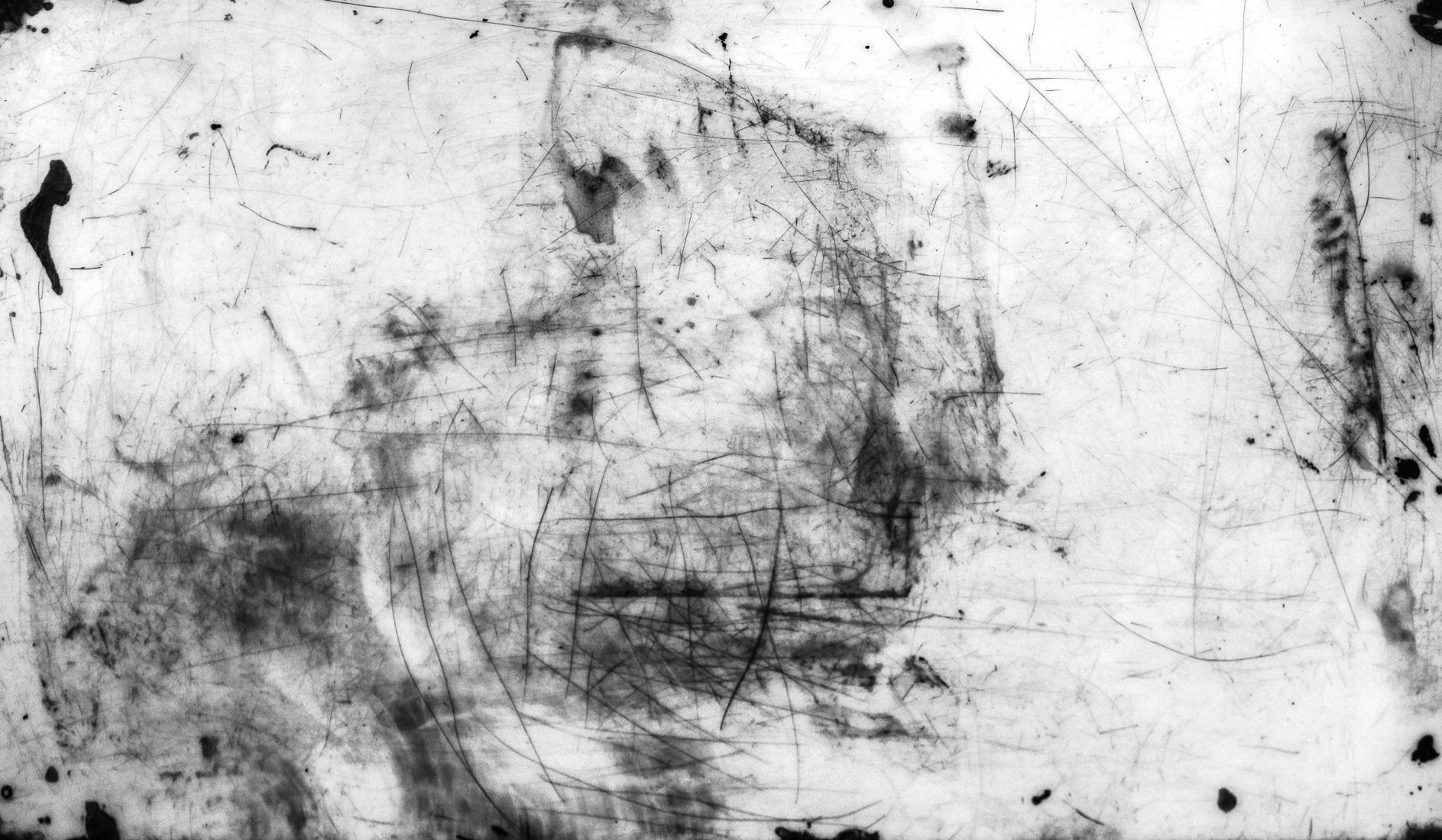
Navigating the space between the art and the artist
In the age of public reckoning, “separate the art from the artist” is a platitude spouted, now more than ever, to justify continued engagement with work while distancing ourselves from the people who made it. But beneath its simplicity lies a complex emotional and ethical terrain many of us navigate with discomfort, contradiction, and constant negotiation.
Art is deeply personal. A record that got us through a breakup. A novel that made us feel understood. A film that awakened a passion. If the creator of that art is revealed to have caused harm – perhaps through abuse, bigotry, or exploitation – we must decide; can we still love the work? And should we?
This tension is a textbook case of cognitive dissonance: holding two conflicting beliefs at once. We value justice, integrity and accountability, but we also cherish the emotional resonance of the art itself. To resolve the discomfort, we rationalise. We say the art exists independently. That our engagement doesn’t equal endorsement. That we’re not supporting the artist, just the impact of their work. But is that true?
Take the author who shall not be named. For many, Harry Potter has left an indelible mark – it was heralded a world of belonging, bravery, and chosen family. But the creator’s transphobic rhetoric has alienated and continues to hurt trans people – many of whom might have once found solace in her stories. Some have reclaimed the books as their own, separating the magic from the maker. Others have cancelled her entirely, unwilling to reconcile the harm with the nostalgia.
In music, the argument is just as heated. Michael Jackson’s legacy will forever be tangled in allegations many find impossible to disregard. Despite Chris Brown’s documented history of violence, he continues to release music and tour regularly. And Kanye West’s erratic behaviour and inflammatory comments have sparked waves of cancellations and comebacks. In every case we’re forced to consider where we draw the line.
Literature is full of contradictions too. William S. Burroughs shot and killed his wife and then went on to become a literary icon. Adaptations of Neil Gaiman’s books continue despite serious allegations that have sparked debate. Truman Capote’s close relationship with murderer Perry Smith blurred ethical boundaries – raising questions about manipulation, bias, and the cost of narrative control – when writing In Cold Blood.
Capote’s case is a reminder that harm doesn’t always come in the form of violence. It can be found in distortion, exploitation, and the erasure of truth. And yet, In Cold Blood remains a literary landmark, taught in schools, adapted for screen, and revered for its style. The conflict between admiration and accountability persists.
So, the question isn’t whether we can separate the art from the artist – it’s whether we should. The answer varies. Some argue that once art enters the public domain it belongs to the audience. That the creator’s biography is irrelevant to the meaning we make. Others believe that ignoring the artist’s actions perpetuates harm and sanitises history. This is where our core values come into play. Is there room for complexity? Or are we just complicit?
Of course, legacy isn’t built in isolation. Sometimes complicity is unconscious rather than active. Sometimes the harm goes unnoticed until someone names it. What gets forgiven (or forgotten) is often shaped by publishers, platforms, and audiences alike.
What’s certain is that we’re engaging in more than just consumption when we continue to celebrate work by certain creators.
Covert and silent complicity exists. Concealed in syllabus, streaming, social media likes. It can manifest in royalties, sold-out tours, and bestseller lists. Our engagement is an investment. One that helps sustain careers, elevates voices, and, in some cases, shield harmful behaviour from consequence. The art may feel separate, but the infrastructure around it rarely is.
This ethical dilemma doesn’t just stop at our cultural consumption – it follows us into the workplace. It’s not always easy, or even possible, to choose who you work for. Sometimes the brand is beautiful, but the culture is toxic. Sometimes the campaign’s inclusive, but the leadership isn’t. Sometimes the product is ethical, but the messaging is hollow. And occasionally, contradiction is ingrained in the business strategy itself.
Like when organisations that publicly champion peace, equity, or social justice invest in arms companies, fossil fuels, or exploitative industries. Comic Relief, for example, was exposed for investing hundreds of thousands in weapons firms like BAE Systems, despite working in conflict-ravaged regions where those very weapons had devastating impact. The dissonance is staggering – alleviating poverty while profiting from organisations that perpetuate it.
So, what does it mean to work with integrity in a world that rewards compromise? When we work for a brand, are we really just making a living, or are we co-signing a narrative? As with the art we consume, the work we do should, surely, reflect our values. Because our actions carry weight. They shape perception and, whether we like it or not, they lend credibility.
That doesn’t mean we have to be perfect. But it does mean we have to be intentional – of who we’re platforming, what we’re endorsing, and how our choices ripple outward. Perhaps the goal isn’t to resolve the issue, but to sit with it. To ask hard questions. To listen to those most affected. To seek out the stories behind the spotlight. And to make choices that reflect not just what we love, but what we stand for.
Post a comment